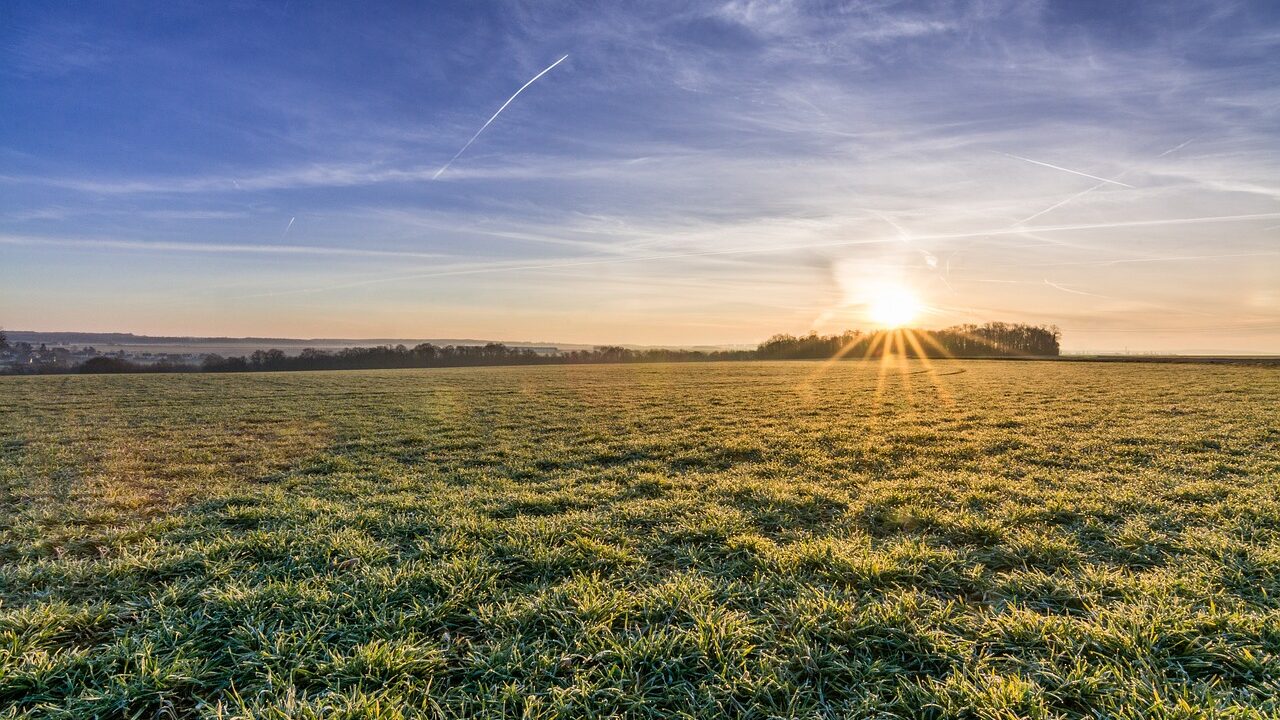Heavy soil farms must put a strong focus on closing out the grazing platform following last week’s downpours.
Many farmers across the country had cows in for periods of time over the last week, but with the dry spell here for the rest of the week and holding into next week, cows will be back grazing.
With November only a short three weeks away, growth rates are beginning to drop below farm demand (predicted growth sitting at 33kg DM/ha).
Therefore farms must consider buffer feeding over the next few weeks, especially with winter milking herds.
Heavy soil
Depending on your soil type and where you are situated in the country, you may be aiming to close the platform by late October or hoping to push out to mid-November.
Either way, you should be maintaining roughly a 35-day rotation length to extend the season as far as possible.
While paddocks are still wet from the recent rain, farmers should be aiming to graze out those that have lower covers to minimise damage.
If the good weather holds, the herd can then enter heavier paddocks and graze the higher covers next week.
Farmers should be evaluating pre-grazing covers and post-grazing covers to be able to substitute the diet with the correct volume of concentrates and forages, especially considering that dry matter has dropped to an average of 14% across the country and therefore intakes will also be dropping.
If you are farming on heavy land or have a high stocking rate (>3 LU/ha) you should be aiming to have in or around 15-20% of the platform closed up this week.
However, it is a crucial time to remember to be flexible, noting that every farm has different conditions and you must work towards yours to the best of your ability to deal with your situation.
Extending the season
Grazing management techniques such as on-off grazing are often advisable at this time of the year, tryig to get the cows out for at least a couple of hour after milking.
If the herd is still out full time, grass should be ideally allocated every 12 hours to prevent any severe poaching, but this needs to be balanced with clean graze out to promote healthy grass growth next spring.
Infrastructure is also very important for heavy soil farms when aiming to extend the grazing season.
A good road network needs to be in place, and each paddock should have at least two entry/exit points to minimise poaching.
Nearing milking, cows will always start to gather in the gap closest to the parlour and some farmers opt to put in back latches to allow the cows wander up to the parlour themselves, which often helps against lameness in sticky conditions at this time of the year too.
After milking, if cows are entering the same paddock, they should be brought to the furthest gap from the parlour, not entering back in over the fresh exit point.
Large paddocks should have adequate water availability as well; 10% of the herd should be all able to drink at one time, and large paddocks should have more than one water trough available to accommodate strip fencing and back fencing at this time of the year.
Many farmers have also installed spur roadways in recent years; taking a narrow strip to the side of the field seems to be a reasonable price to pay to prevent severe poaching in the larger area.

